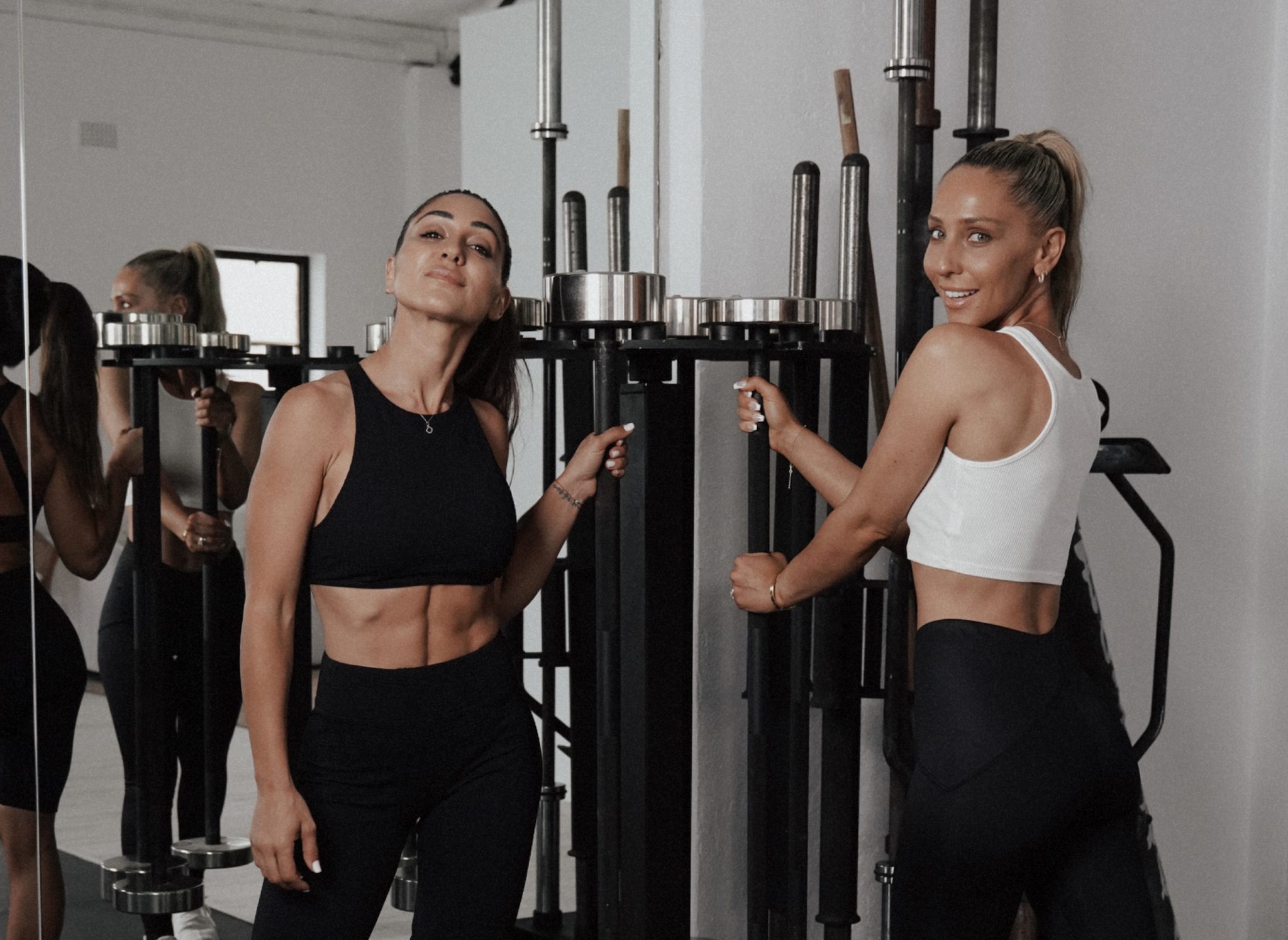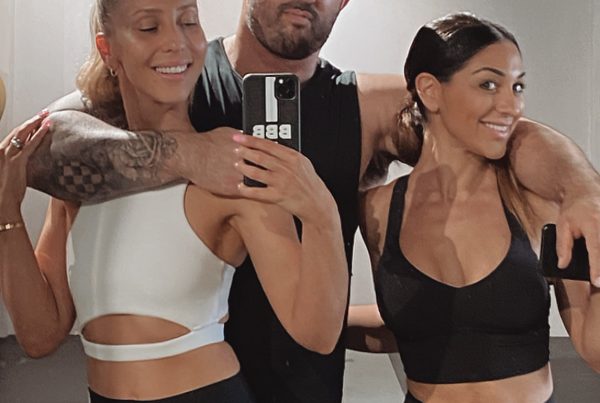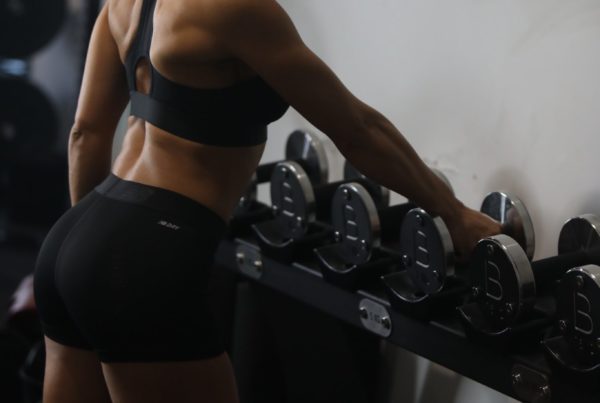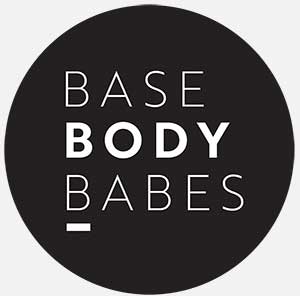Hi Babes! Welcome to the next installment of our Weights for Women series. It’s our goal for you to feel confident and safe in the gym, and since knowledge is power, we have written this series to empower you with all of the knowledge that you need to step into the gym (or home gym) and feel totally in charge of your session.
In our last blog we started off by explaining some of our favourite pieces of equipment that we like to use to strengthen our bodies, so if you haven’t read it already, here’s the link.
Next we want to talk to you about some other strength training terminology that you will come across. These are words that will often come up in any discussion about strength training, so they are important concepts for you to understand. You might hear a PT talking about them, read about them online or see them written in a training plan, so understanding this key terminology will help you feel like experts whenever the topic of strength training comes up.
If you want to sound like a pro in the weights room (or just a bit more experienced!) then keep reading babes. We are going to break down the lingo for you!
Reps & Sets
Let’s take things back to the absolute basics and talk about reps and sets. A rep (or repetition) is one completed movement of an exercise, and we group reps into sets, which is just a way of saying the number of repetitions we do before taking a rest.
If you’re new to strength training, it can be hard to know exactly how many reps and sets you should be doing for an exercise. The truth is that there is not one right answer! It will all depend on our training goals.
If we want to tone up or grow our muscles, then using a variety of rep ranges is the best way to go. “Toning up” an area is basically just gaining muscle in a particular area, and then reducing your overall bodyfat to reveal the underlying muscle that you’ve built, so the area appears firmer and perkier. A lot of people think they need to do higher reps in order to gain muscle or tone up (i.e. 15 reps or more reps per set), but this isn’t the only way to achieve that result. In fact, we much prefer to use a mixture of low and high reps for this – so don’t think that you have to limit yourself to high reps and lighter weights if this is your goal!
If your main goal is to get strong, then lower reps (3-6 reps per set) is your best option! Lower reps are also a great way for beginners to train. Any time we are teaching a new babe how to lift, we will use sets with low reps and moderate weights, since this is the best way to practice a new movement. If we are performing a brand new exercise and do lots of reps in one set without any rest, then our bodies can become fatigued and our technique will suffer. Good technique is so important no matter what your goal is, and this is why we always recommend sticking to lower reps with lots of rest when you’re learning a new exercise, so we are always practicing perfect technique!
When it comes to the number of sets we do, this also depends on training goals. Generally 3-5 sets is a good starting point. If our first couple of sets are very fatiguing, we will stick to 3 or 4 sets per exercise so we are only performing the exercise with good technique. If we want to put a big focus on a particular exercise, or the first few sets were very easy, then we might push it up to 5 sets.
Tempo
Exercise tempo refers to the speed that we move at when performing an exercise. Although we don’t always recommend that you use a deliberately slow tempo, it’s important to move at the right speed where you can maintain control of the movement. When we lift too fast or use jerky movements, this can be a sign that we have lost control of the weight, and it’s time to either slow the tempo down to regain control, or reduce the weight to something more manageable.
This tip must be taken with a grain of salt though, because training at a faster tempo (also known as “speedwork”) is a technique that some advanced lifters use. But even though this can be a great technique for experienced lifters, it’s still important to master the movement in a controlled and deliberate way first, and beginner strength trainees should not even worry about lifting with a fast tempo until they have learnt and practiced perfect and well-controlled technique for that exercise. Remember babes, technique and control are always our highest priority when lifting!
Compound vs Isolation
When we talk about the different types of strength exercises we can do, there are two words that will commonly come up – exercises that are described as being either compound or isolation movements. Simply put, these words refer to the number of joints that are involved when performing an exercise. If something is classed as a compound exercise, there will be several joints moving to perform the exercise. This means that multiple muscles are working dynamically to create the movement. On the other hand, isolation exercises involve only one moving joint, which puts the focus on the muscle or muscle group that is responsible for performing the movement that is happening at that joint. The neighbouring joints and muscles will still be active and bracing, but the key point is that only one joint is actually moving, so the main focus will be on the muscles responsible for bending, extending, or twisting that moving joint.
This brings us to a question that is hotly debated in the strength community – what should we be doing more of, compound exercises or isolation exercises? The answer to this depends on what your goal is. Personally, we love to do both, but we put a bigger emphasis on the multi-joint compound movements, since they are a lot more time efficient to train (we can do more work in less time) and they allow us to build great overall body strength. A lot of our babes live busy lives and don’t want to spend hours in the gym every day, so by prioritising compound lifts, they are able to train a variety of muscles and build strong and well balanced bodies in less time. It’s a win win! Compound lifts are also so much fun to train, since we can typically use more weight for these exercises and progress at a faster rate. This doesn’t mean that we avoid isolation exercises altogether, and some muscles just need to be worked directly in order to grow. We do include some isolation exercises like the hamstring curl and 45 degree hip extension (for example) in our training, but most of our focus is on the compound lifts.
Progressive Overload
Listen up babes! This is one of the fundamental training principles that we just can’t ignore. When we do any kind of exercise, we are stressing our bodies. This is a good kind of stress, because it forces our bodies to adapt and grow which is how we get stronger and fitter. Without this challenge applied to our bodies, our bodies would never be stimulated to adapt, and we would never become fitter or stronger.
There are two things that we absolutely have to keep in mind here. Firstly, since our bodies are constantly adapting to the different fitness challenges we give them, eventually things that used to challenge us won’t be challenging anymore. This means that if we keep doing the same exercises, with the same weights, week in and week out, eventually our bodies will get used to this and won’t have anything to adapt to. This means that if we don’t progress our training and the weights that we use then our bodies, our fitness, and our strength won’t progress either.
The second thing that we must remember is that we should make sure that we are giving our bodies the right amount of stress to adapt to. This means that we shouldn’t be too timid in our approach and UNDER-STIMULATE our bodies, but we also shouldn’t go too hard or progress too aggressively so that we OVER-STIMULATE our bodies. It’s all about finding that sweet spot. When you’re first starting out, it can be really difficult to gauge how heavy you should be lifting, but a good rule of thumb is to pick a weight that is challenging for you but that still allows you to perform the exercise with really good technique, and make sure still have room to progress a little bit each week. Alternatively, you can always hire a strength coach (we know of some good ones 😉 ) and they can take care of picking your weights out for you!
Rest Between Sets
Rest between sets is so important! This is something we have to teach to all of our babes. We know you probably want to get in and out of your session quickly, and give it all you’ve got while you’re there, but taking enough rest between each set is what will actually allow you to push yourself hard when you are performing each exercise.
If strength is your main focus, then we recommend resting for 3-5 minutes between each working set. If you’re the type of babe who loves to rush through your session, then set a timer for your rest! If you cut your rest short then you might not be fully recovered and able to perform at your best for the next set.
For our circuit training days, we will take shorter rest periods between our sets (approx. 1.5-3mins), so we can keep our heart rates up, but will still make sure we take the time at the end of each round to recover. Since strength is not our main focus during these sessions, it’s ok if we are a little bit fatigued coming into each set (but of course, we still must use good technique on all of the exercises!).
We love to superset exercises, which is basically where you choose two exercises and do them back to back. So for example, if we have 3 sets of squats and 3 sets of hamstring curls, we might do our first set of squats, then go straight to the hamstring curl machine and do our first set of those, then take a rest before we go back to our squat for the second set, and so forth. Even with this method, we still make sure we rest after each round of the two exercises. This way we can get more work done in less time, while still resting enough to perform well in each set.
Warm Up
Let’s talk warmups babes! When most people think about warming up, their go-to is to run on a treadmill or use another piece of cardio equipment that gets the heart rate up.
These might be great ways to start off an aerobic workout, but for strength training, our warmup needs to be a little bit more specific to the strength tasks we are about to perform. For our strength training warmup, we like to skip the cardio and instead start off with some core activation and glute activation exercises. These exercises are a fantastic way to prime the muscles around our spine so that they are more engaged during the workout. This will make us stronger, and ensure that we are moving safely and minimising our risk of injury. After this, we will move onto some movement-specific warmups. It’s so important that you never jump straight into heavy weights babes! For example – if we are doing a squat session, we will start by performing a few sets of bodyweight squats (after we have done our core and glute activations of course!) then we will slowly work our way up in weight increments until we are up to the weight we have allocated for our squats in that session. We follow this exact same approach for any exercise that we train. Our super strong babes will take a little bit longer to make it up to their heaviest weights for the session, while our beginner babes will still follow the exact same process, but since they don’t have to work up to the same heavy weights it will just take them a bit less time to get to their programmed working weight.
By using a smart warmup approach, you will set yourself up for the strongest and safest workout possible, so make sure you never skip a proper warmup!
Thank you so much for joining us for this article babes! We have loved sharing our knowledge with you and hope that it helps you on your weights training journey. We have some big topics coming up next, we won’t give it all away but here’s a hint – you can expect to see a bit more information on exercise variations and how to choose the right movements for your training goals. We are so excited for what we have in store for you!
Lots of love,
Felicia & Diana xx
Your Online Personal Trainers






